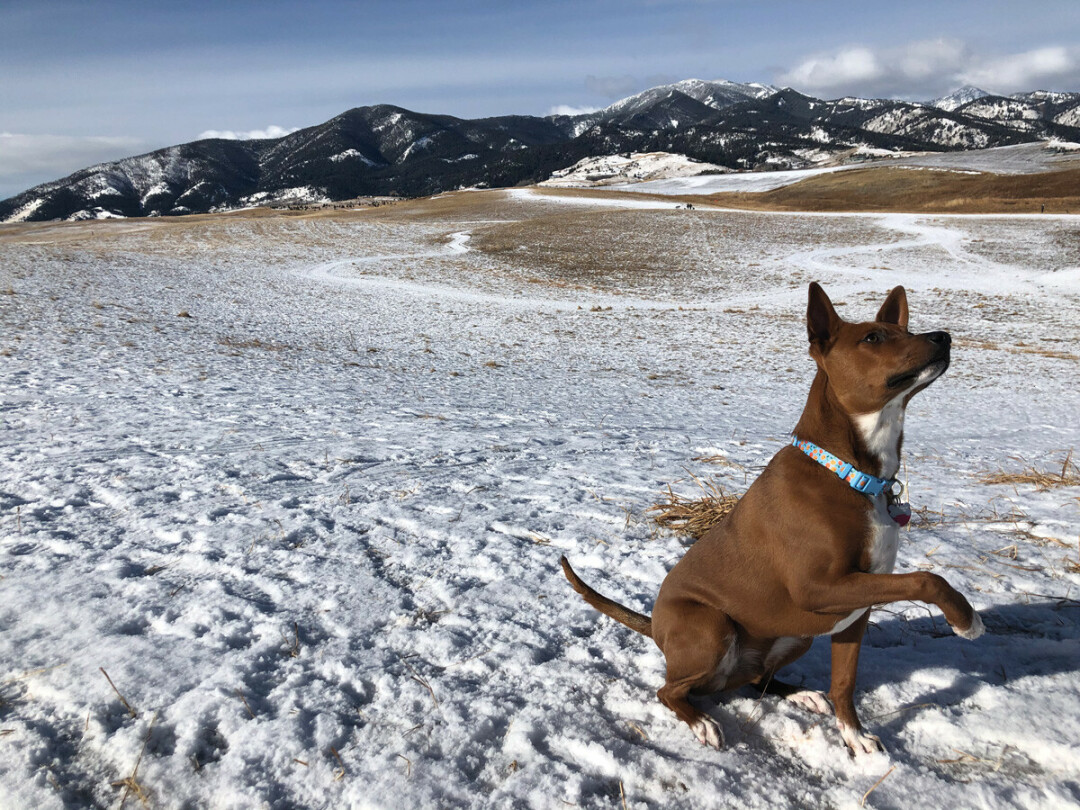Settling Into the New Normal With Your Pet

Behavior thrives on routine. Predictability in our surroundings and social interactions creates a sense of comfort and safety for us and the animals we care for. COVID 19 has thrown a wrench into people’s daily routines. For our dogs, in-home quarantine has probably increased their happiness with more opportunities for snuggles, attention and extra walks. As we start heading back to our places of employment, it is a good idea to have a plan in place for your dog who will suddenly be losing their constant companion. Here are guidelines and good habits for preparing to move towards post-pandemic normalcy.
Routine for meeting basic needs
When we find ourselves with extra time, it is important to maintain a routine for our dog’s basic care that we will be able to follow when we go back to work and/or school in the future. At my house, these are some things we try to keep consistent, regardless of what is going on in our lives:
• 7-8am morning neighborhood walk and feeding
• 3-4pm afternoon (when kids get home from school)
play/potty time in the back yard
• 8-9pm evening feed and neighborhood walk
• Once-a-week adventure such as hiking, camping, swimming, or coming with us for errands around town.
Individualized Enrichment
With the extra time you have had to spend with your dog, be more observant of their individual likes and dislikes. With good observation, we can make changes to our home environment and add items to give our dogs a more enriching place to live. Adding enrichment will should provide mental stimulation and comfort. Here are some enrichment ideas to add to your dog’s life:
• Food enrichment toys: buy one or freeze food with water or make your own
• Calming scents and find-it games
• Add shorter (5min.) training sessions to your daily routine
• Apply calm pressure using a thunder shirt or give your dog a massage
• Move the dog bed to a new spot that you think your dog would like
• Reduce what they can see to help curb frustration and barking by closing blinds to windows, limiting
doggy door access to the yard, putting a blanket over a crate
• Regularly introduce novelty with new toys
• Visit new places and new people or new dog friends
• Play calming sounds, dogs like books on tape!
Practice Separation
Life’s reality is that we cannot possibly be physically with our dogs 24 hours a day, 7 days a week their entire life. Practice physically separating yourself from your dog. You will want to create what I call a “Safe Zone,” which is where your dog feels safe and all your household items are safe. Examples of a “Safe Zone” would be a gated-off laundry room, a crate or kennel and some dogs who struggle with confinement do best loose in the house. Steps and tips for introducing a “Safe Zone” to your dog include the following:
• Create a positive association when introducing your “Safe Zone” with lots of tasty treats or chews your dog likes.
• Once your dog is comfortably entering their “Safe Zone” and settling there, start leaving them there for short periods.
• Natural self-soothing behaviors for dogs are chewing and seeking behaviors. Always leave something your dog likes for them to chew and/or create a treat scavenger hunt for them in their “Safe Zone.”
If your dog remains settled in their “Safe Zone” while you are home, you then can start practicing leaving the house. Do this in incremental steps and your dog’s response will determine how quickly you can move to the next step. For example, grab your car keys and then sit down on the couch and wait for your dog to settle. Slowly add your habitual behaviors of leaving, such as putting on your shoes, putting on your jacket, and opening the front door. In all likelihood, your dog will always alert to you leaving; the point of this exercise is that they practice the behavior of settling and self-soothing.
If you maintain a routine to meet your dog’s basic needs, continually challenge your dog mentally through enrichment and training, and establish a safe place for your dog to be while you are away, your dog will be able to cope better when we go back to our normal routines.
Ben Donoghue is a Behaviorist at Heart of the Valley in Bozeman, MT.


